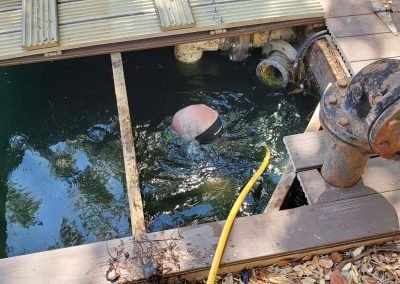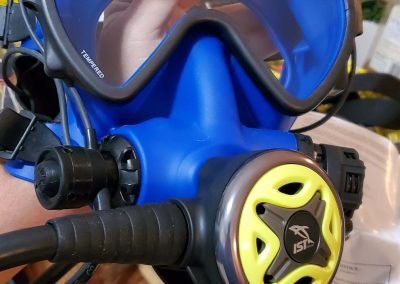Get In Touch
Please complete the form below and we will get back to you as soon as possible.
Objective

Physical removal of naturally occurring substance called organic sediment that consists of dead or dying aquatic plants, aquatic life, wildlife, duck and goose feces, leaf, plant, and algae matter. Our system reduces problematic sediment accumulating in water feature. Muck stores excess nitrogen and phosphorus that is readily available for algae and aquatic plants. In addition, too much muck can reduce water quality and clarity or create a toxic environment for fish or other organisms.
Removing this organic debris restores the overall health of the water body.
Benefits
- No need for de-watering
- Leaves behind no footprint
- Will not damage pond liners
- No interruptions to aeration or irrigation systems
- Reduced sludge disposal costs
- Water is returned to the waterway
- Removes up to 12,000 pounds of muck a day
- No heavy machinery required
- Targets problem areas
- Measurable results of silt removed
- Does not harm aquatic or wildlife

Procedure

- Set up spoil area and water return station Mobilize and Launch Sediment Removal System (SRS)
- Utilize specialized muck removal equipment, vacuum lake bottom organics into spoil stations with custom collection tubes
- De-water sediment and return clean turbidity-free water to feature
- Demobilize Sediment Removal System (SRS) equipment
- Allow sediment to dry in spoil areas. Drying process takes 2-6 weeks
- Once the sediment is de-watered and dry it will be removed and safely disposed of
- All rooted weeds, aquatic plants, filamentous algae are to be removed prior to commencement of mobilization of sediment removal and are NOT the responsibility of LMS to remove, as excess plants and debris will slow down the SRS.

























